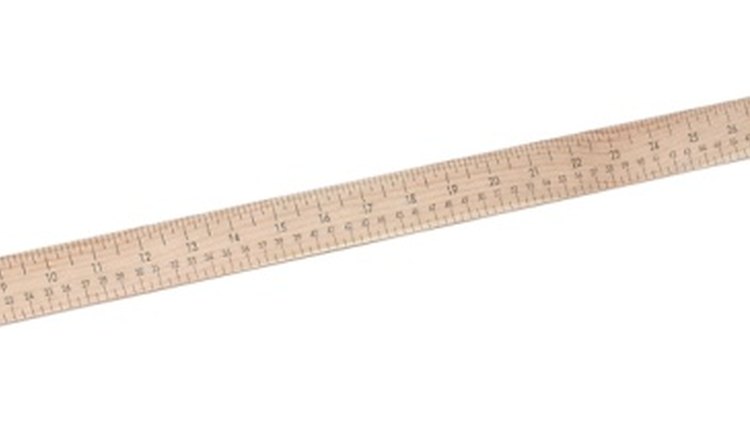What Are the Components of Fitness Reaction Time?

Performance tests, including fitness reaction time, assess how well you execute a task. They are used to establish a baseline for a training program, to measure effectiveness of a training program and to evaluate your fitness for a particular job or sport. Fitness reaction time testing, which measures your ability to respond to a stimulus quickly, has several components.
Stages
A fitness test includes six stages, including a reaction time test. These are selecting characteristics that will be measured, selecting the method of measuring them, collecting the data, analyzing the data, making decisions based on the data and implementing these decisions. Each test you devise can measure only one factor, notes Brian MacKenzie, United Kingdom athletics performance coach.
Example
The ruler drop test is one example of a fitness reaction time test. To undertake this test you will require a ruler and an assistant. The assistant holds the ruler between the test taker’s outstretched thumb and index finger. Use the person’s dominant hand. Ensure the thumb is level with the zero centimeter line on the ruler. Have the test taker sit by the edge of a table and rest his elbow on that table so his wrist extends past the side of it. Instruct the test taker to catch the ruler as quickly as possible after it’s dropped. Drop the ruler. Have the assistant record the distance between the top of the test taker’s thumb where the ruler was caught and the bottom of the ruler. This is the one factor you measure. Repeat this test 12 times total, and use the average value.
Standardization
Your testing procedure needs to be strictly standardized, meaning the way it is organized and administered and the conditions in which it is administered remain constant. Analysis needs to be consistent as well. For example, you may analyze the data based on past performance with consistent periods of time between tests, or you may analyze data based on norms established by scientific studies for a person’s age or sport. Also be consistent with any formulas you apply in your data analysis. With the ruler drop example, you take your average score and apply this formula: time equals the square root of (2D/A). D is distance in meters, and A is acceleration from gravity, which is 9.81 meters per second squared. You would then compare the test taker’s result to the norms. For example, the norms for 16- to 19-year-olds are as follows: Less than 7.5 cm is excellent, 7.5 to 15.9 cm is above average, between 15.9 and 20.4 cm is average, 20.4 to 28 cm is below average and more than 28 cm is poor performance.
Validity
Your test validity depends on how consistently you administer the test, how motivated the test taker is to perform well on the test and your subsequent analysis. For example, a ruler drop test administered by different assistants or in varying conditions, such as different temperatures, times of day, time frames since a test taker’s last meal or distractions such as other people around, is less valid than a test that keeps such factors constant. The test taker’s prior knowledge of how to take the test is a factor too, such as allowing differing number of practice tests prior to administering the actual test. “Principles and Labs for Fitness and Wellness” by Werner Hoeger and Sharon Hoeger recommends allowing three practices before testing.
References
Resources
Writer Bio
Linda Tarr Kent is a reporter and editor with more than 20 years experience at Gannett Company Inc., The McClatchy Company, Sound Publishing Inc., Mach Publishing, MomFit The Movement and other companies. Her area of expertise is health and fitness. She is a Bosu fitness and stand-up paddle surfing instructor. Kent holds a bachelor's degree in journalism from Washington State University.
